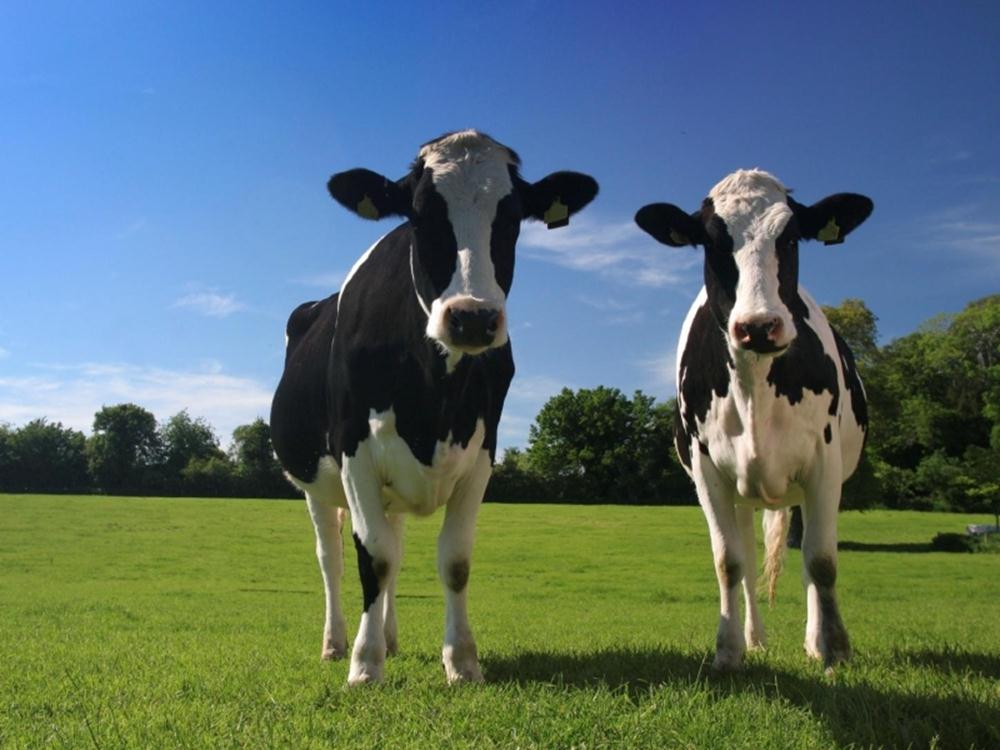The Evolution Of Milk Production
May 30, 2012 in Daily Bulletin, Signature

In an extremely well written and informative article Alexis Madrigal discussed the mathematical and statistical analysis that has revolutionized the dairy industry in the United States. Some of (many) highlights include:
- In 2009 the USDA through genetic analysis found that one bull, Freddie, had the genetic markers that were likely to produce the best milk. Since then he has had 346 daughters.
- It’s not just quantity of milk that matters when it comes to the most desirable genetic characteristics. American cows already produce impressive amounts of milk. In 1942 the average cow was good for 5,000 pounds of milk over its lifetime. Now the average number is 21,000.
- The fact that each cow can produce more is great for the environment since it means that less methane gas is produced and less land is required.
- The key statistic is the lifetime net merit. It is a complicated equation that estimates the “additive value of a bull’s genetics.”
- Freddie has a net merit of $792. Only seven bulls in the United States has a value greater than $700, and no other bull crosses the $750 mark.
- Yet Freddie is far from the perfect bull. Scientists estimate that the theoretically best bull would have a net merit of $7,515.
- Freedie’s 346 daughters are just the beginning. The second best bull of the past century had 16,000 daughters, half a million granddaughters and 2 million great granddaughters.
To read an extremely well written article, which was exceedingly difficult to summarize in a few points, and to find out about the role that economics plays, the Austrian monk who discovered genetics, why bulls these days are like iPhones, and the relationship between milk production and fertility, click here.
Source: The Atlantic
Via: Marginal Revolution
Join the Discussion! (No Signup Required)